Exercise: Moving it outside
The top key exercise trends for 2021 as identified by a survey of Canadian fitness professionals are increased diversity and inclusion, workouts with limited equipment, online personal training, and focus on health (including mental health). With additional programming of public space, the delivery of all of these trends can be moved outside to provide greater outdoor fitness options. With the intermittent closure of gyms, recreational sport programs, and organized sports due to the pandemic, there has never been a greater demand for outdoor exercising. Typically, we have been conditioned to exercise indoors and at gyms or recreational centres. While these facilities provide an opportunity to be a part of a greater fitness culture, the fitness industry, until now, has mostly provided an indoor experience.
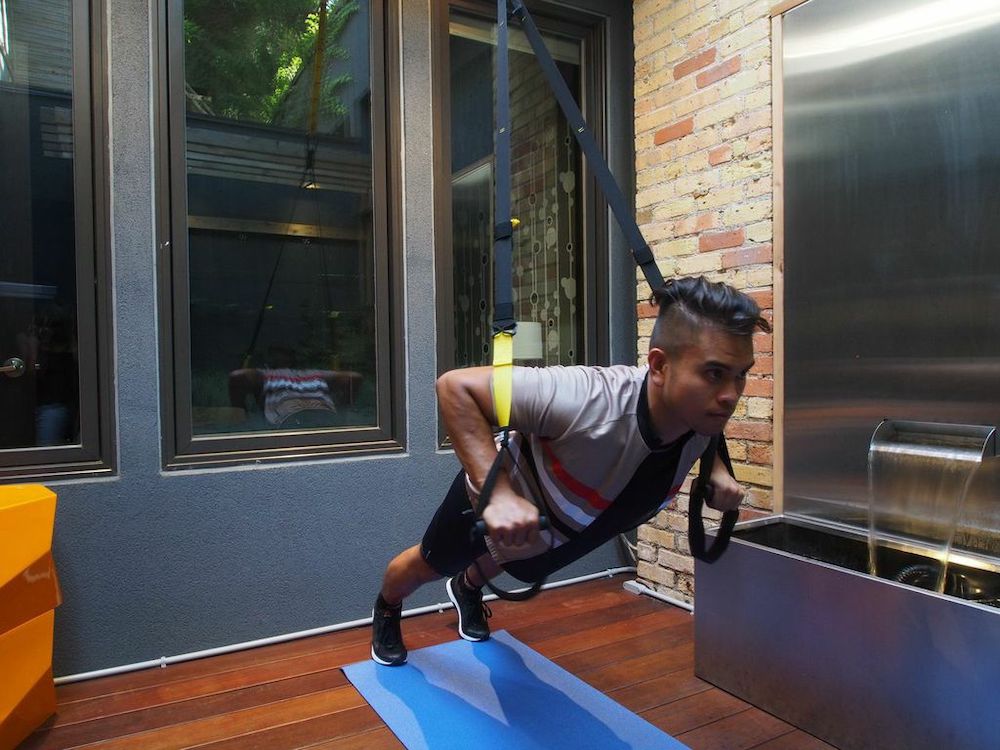
Often in these spaces, air quality or circulation is poor, people are breathing heavily in enclosed spaces and in close proximity to each other, and all are touching the same surfaces. We have learned these are conditions of concern during a pandemic.
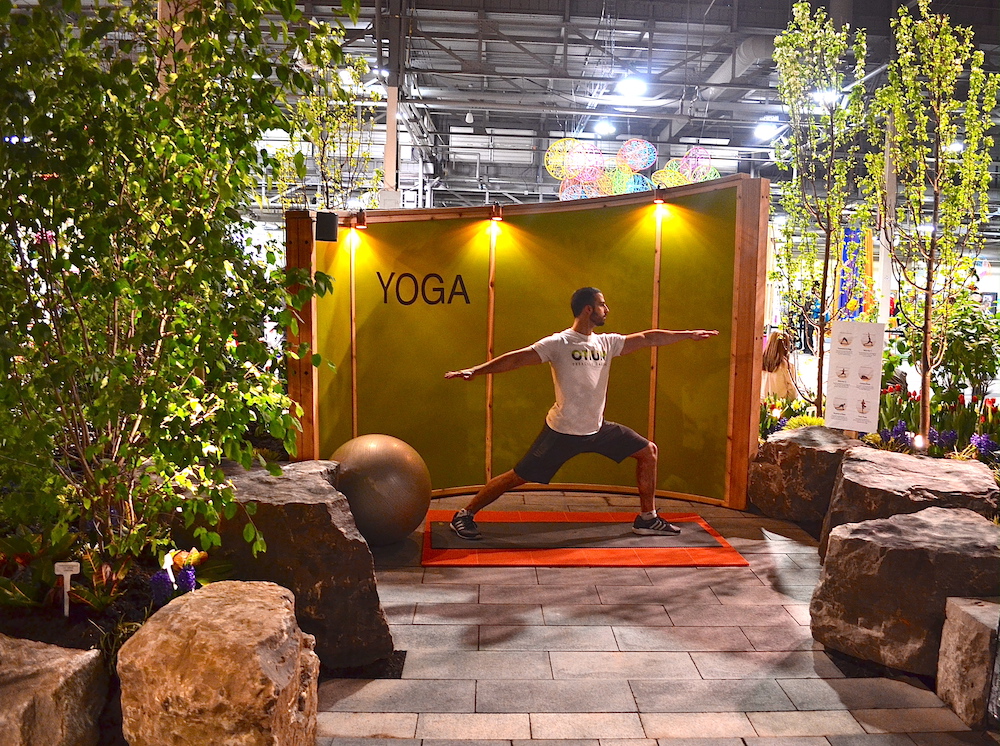
Providing opportunities to exercise outdoors offers people an opportunity to be physically active, social distance, and experience mental health benefits by connecting with the natural environment. According to a study published by the European Centre for Environmental and Human Health, exercising outdoors helps refresh one’s physical and mental health and increases energy levels and satisfaction by a greater margin than indoor physical activity. Study participants who exercised in natural environments reported feeling more revitalized and energetic than their counterparts, with a decrease in feelings of tension, confusion, anger, and depression. The study also revealed that participants reported greater enjoyment and felt more inclined to repeat the activity. Moving it outdoors increases energy levels, positive attitudes, and satisfaction.
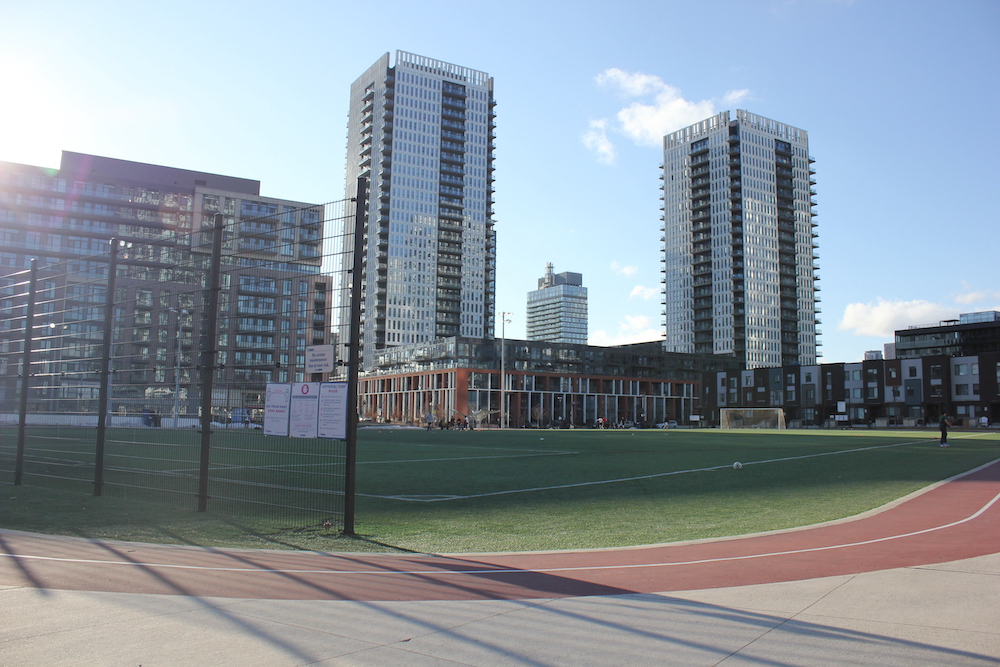
While various parks and trail systems within the Toronto area feature outdoor exercise stations, individual pieces of equipment only strengthen one muscle at a time, and they are geared to beginner fitness levels. Other ares include a collection of bars to lift one’s own body weight, but this equipment is intimidating, as they are not intuitive and offer little direction or guidance on how to use them. As well, they are mostly confined within a section of the park and not integrated into the landscape. In comparison, landscapes that provide flexibility for circuit-type exercises offer participants an experience to engage with both the designed and natural features of the landscape. Outdoor exercise circuits typically refer to a series of exercises that are performed as one moves through the landscape. Various muscles are trained at the same time through continuous movements, and exercises are alternated at each station to condition different muscle groups. Outdoor spaces designed with exercise circuits in mind provide the opportunity for an endless combination of exercises and routines, and offer various stages of difficulty to challenge all fitness levels. Outdoor exercise circuits allow for a diverse range of warm up, cardio, power training, cool down, and stretching to specifically improve ones strength, cardiovascular conditioning, muscle endurance, coordination, flexibility, and speed.
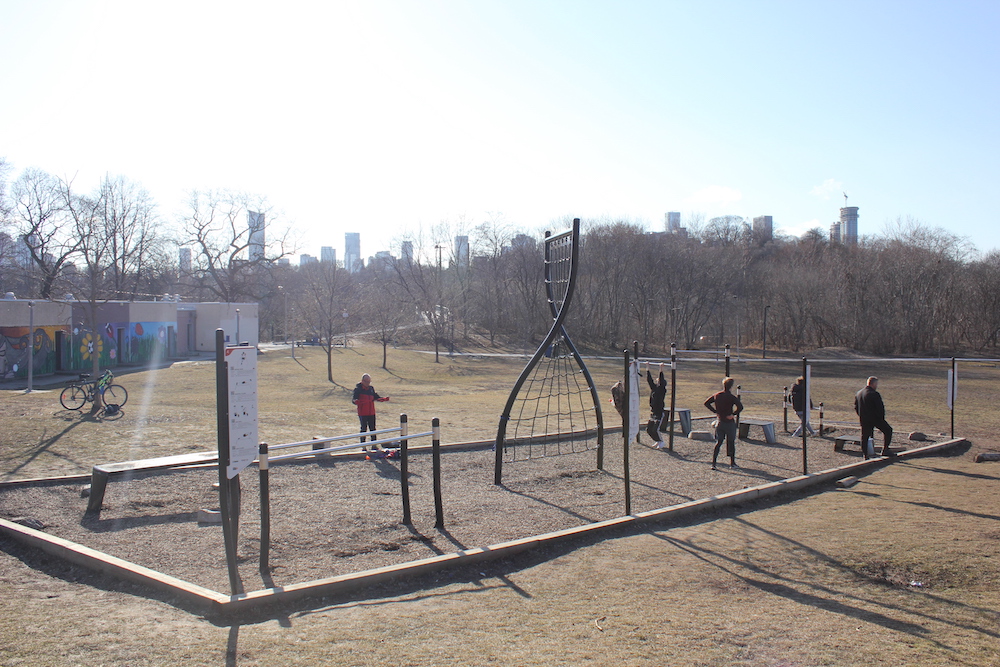
Incorporating outdoor exercise circuits is socially responsible on several levels. First, it increases the health and well being of people. Secondly, it rethinks the way our society exercises by taking exercise outdoors to reconnect people with the natural environment. Thirdly, it demonstrates how physical fitness can be accessible and affordable to all, and can reach people of lower socio-economic status who tend to have poorer health and greater issues with depression and obesity. Outdoor exercise circuits strengthen our connection to the landscape because both the natural environment and fitness program are experienced together. Exercise circuits can also be a safe group activity that brings people together in the landscape for the common goal of improving health. Outdoor exercise circuits also promote the release of endorphins, which creates feelings of happiness and well being. The greatest benefit, however, is that it has the potential of being a game-changer and shift the way our society presently exercises by reconnecting people to the outdoors and making physical exercise accessible and affordable to all.
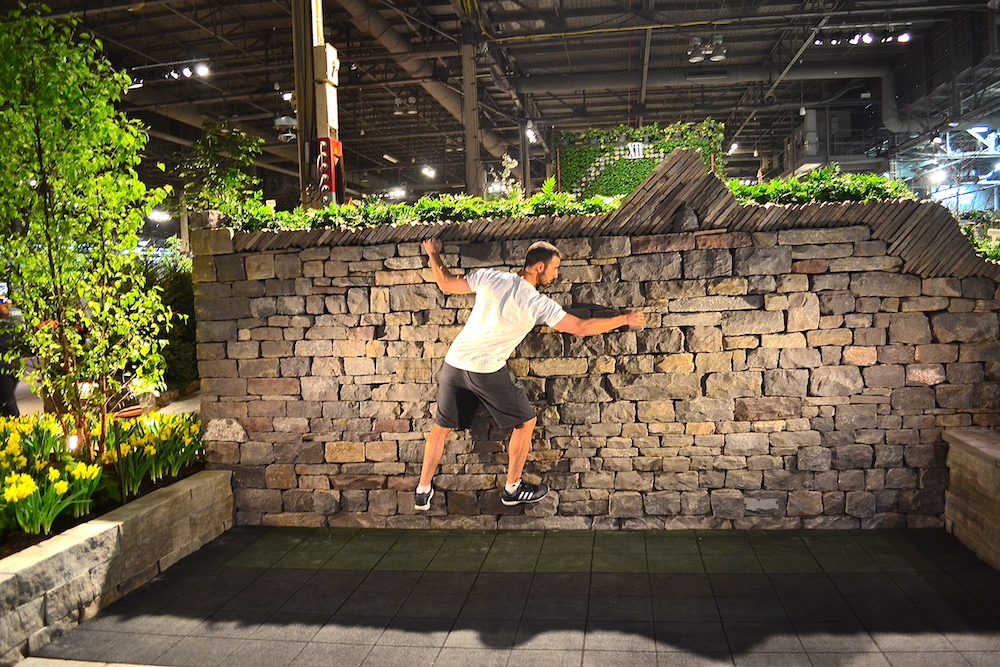
Because the majority of people today live in urban areas, exercising outdoors is important to allow people the opportunity to reconnect with the natural environment. There is potential for outdoor open spaces within urbanized areas to accommodate a range of outdoor exercises. The key lies in designing spaces that are multifunctional and combine the aesthetic and healing properties of the landscape, but also incorporate additional programming opportunities for physical activity and exercise.
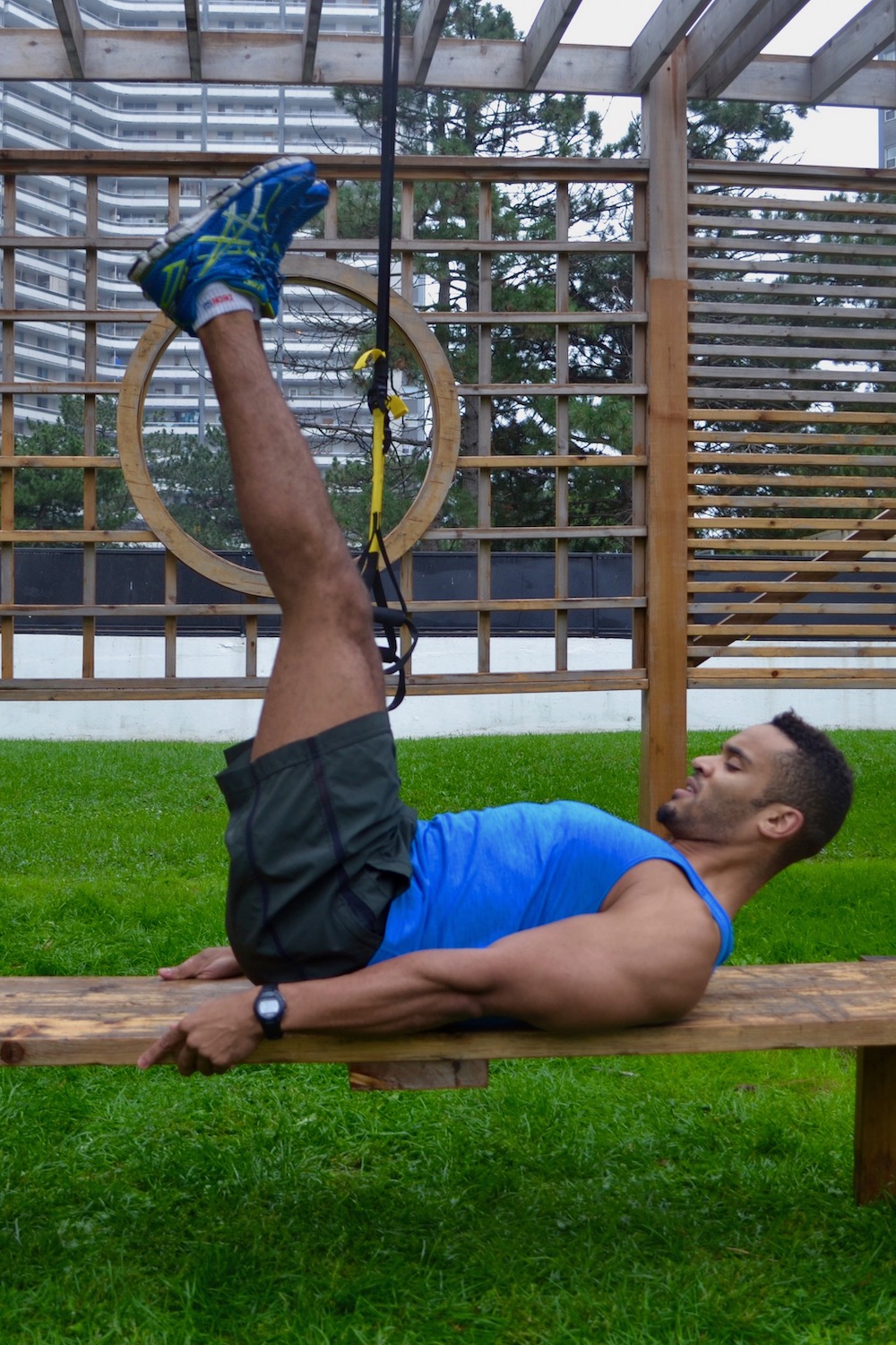
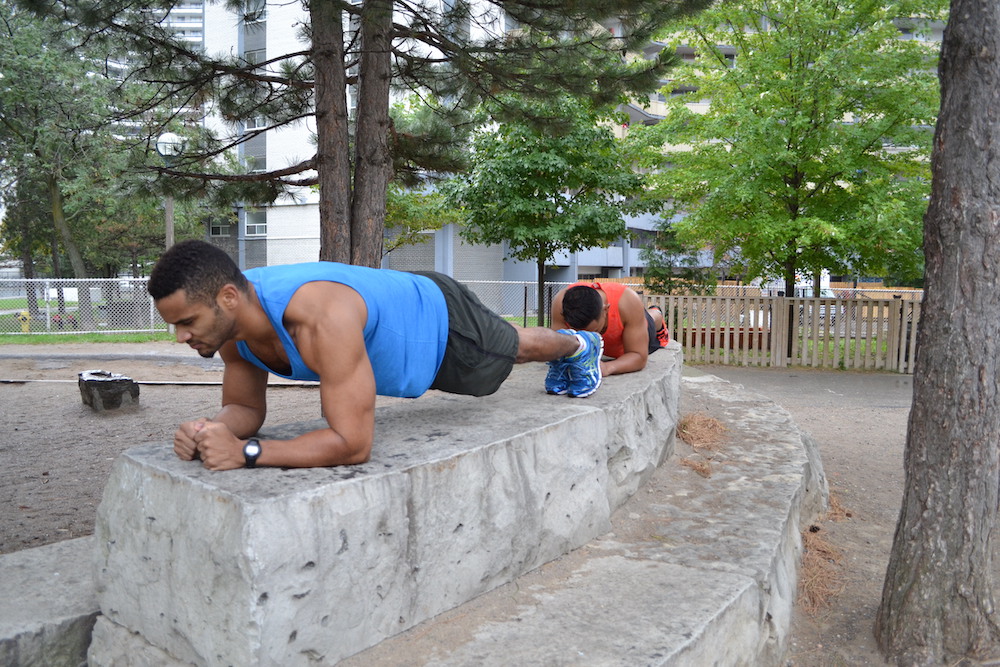
Text by Shawn Gallaugher, an instructor in Landscape Design at Ryerson University and George Brown College and Principle of Shawn Gallaugher Design.
